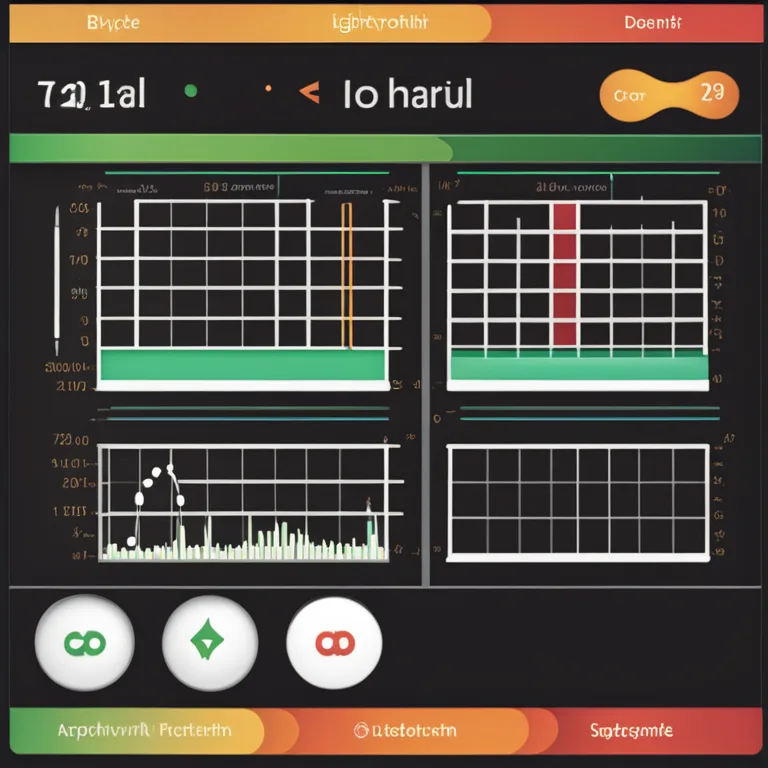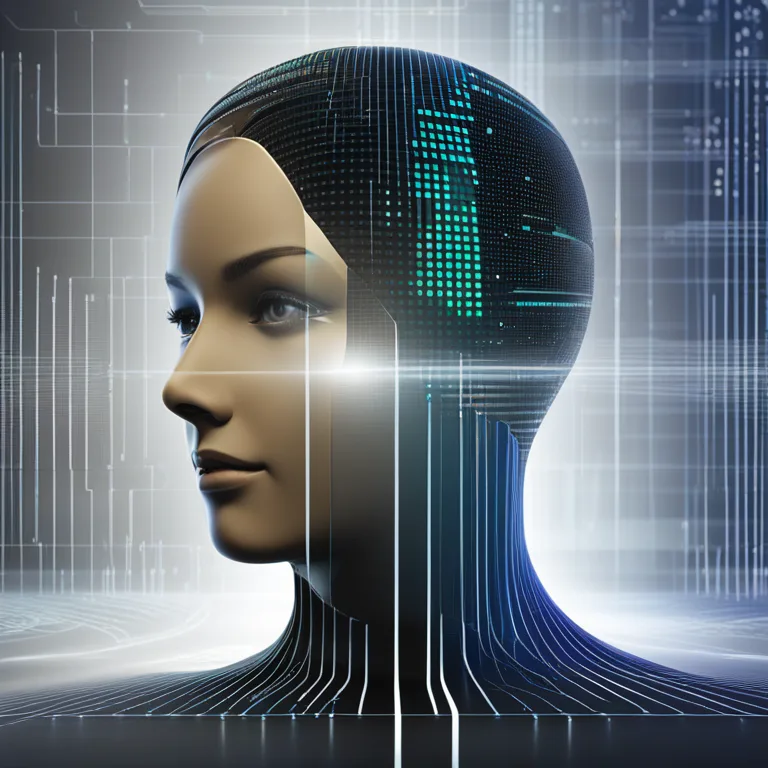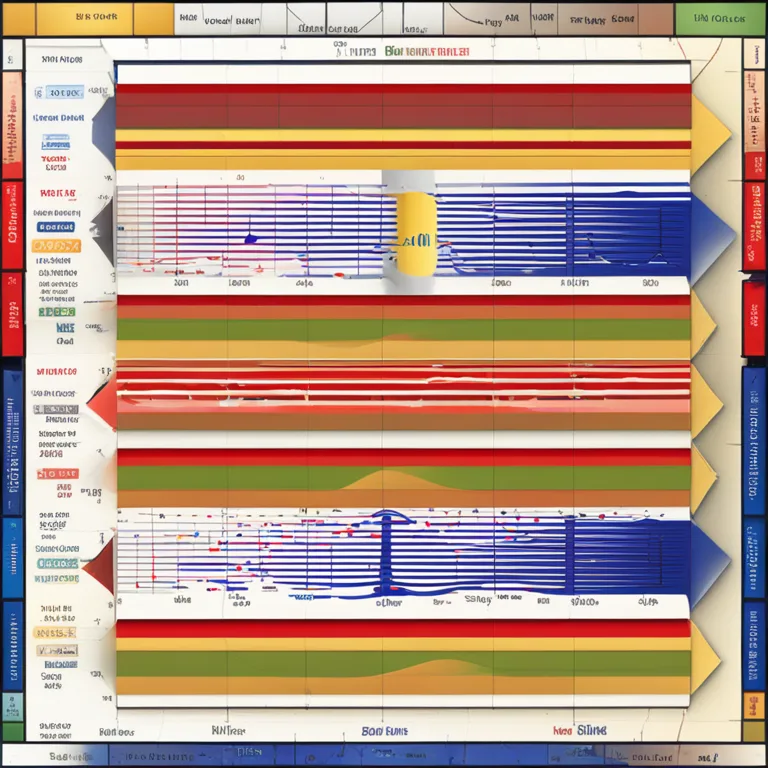
The Essence of Biorhythms: Patterns in Human Dynamics
Delving into biorhythms theory, this article provides insight into the rhythmic cycles believed to influence human physical, emotional, and intellectual states.
article by Adrian Wallace
Introduction to Biorhythms
Biorhythms are a complex theory proposing that human life is influenced by natural, rhythmic cycles. Historically, the notion of biorhythms dates back to ancient times, yet it gained modern interest in the early 20th century. These invisible oscillations are thought to affect our physical, emotional, and intellectual capabilities, suggesting that by tracking them, one can potentially optimize their daily functions. The concept, while lacking rigorous scientific backing, has nonetheless found a niche following, with individuals using it as a tool for personal insight and planning.

The Core Biorhythm Cycles
According to biorhythms theory, there are three primary cycles: The Physical (23 days), Emotional (28 days), and Intellectual (33 days). Each cycle is considered to start at midpoint on the day of birth and oscillates in a sine wave pattern between positive and negative phases. The Physical cycle is thought to affect vitality and coordination, the Emotional cycle governs mood and creativity, while the Intellectual cycle impacts analytical abilities and decision making. Adherents believe that understanding these patterns can lead to heightened self-awareness and life management.

Calculating Your Biorhythms
To calculate one's biorhythms, individuals typically input their date of birth into specialized software or online calculators, which then chart the ebb and flow of the cycles. As technology advances, there are even mobile apps offering daily biorhythm readings. Proponents advocate for using these tools to schedule activities; for instance, starting new projects during high intellectual phases or avoiding high-risk activities during low physical phases.

The Intersection with Technology
As we progress through the 2020s, artificial intelligence and data analytics play an increasingly significant role in personalizing health and lifestyle recommendations. Biorhythms theory, similarly, has seen a resurgence, with AI algorithms enhancing the accuracy and relevance of cycle predictions. Although not scientifically proven, tech integrations are making biorhythm tracking more sophisticated and user-friendly, attracting a new generation of users intrigued by the interplay of life's rhythms.

Critical Perspectives and Scientific Stance
Despite the theory's intrigue and use in self-help circles, it's important to note that the scientific community generally considers biorhythms a pseudoscience. Critics argue that there is a lack of empirical evidence to support the theory's assertions, and some dismiss it as a form of confirmation bias. However, as with many holistic approaches, some people report personal benefits, which keeps the discussion around biorhythms alive and ongoing.
Biorhythms in Daily Life
For those who have embraced biorhythms, the practice is a part of daily life. Users claim that by aligning their activities with their cycles, they experience heightened efficiency, better emotional well-being, and optimized decision-making. While such outcomes are subjective, the belief in biorhythms fosters a mindful approach to living, encouraging individuals to be attuned to their body's signals and patterns.
Future of Biorhythm Theory
Looking ahead, the relationship between biorhythms theory and emerging technologies is likely to deepen. With increasing interest in personal wellness and self-optimization, biorhythm tracking could incorporate genetic data, wearables, and real-time health analytics to offer even more personalized guidance. While still regarded with skepticism by many, the evolution of biorhythm theory remains an interesting prospect for those fascinated by the potential of human patterns.
Published: 12/28/2023
Modified: 12/28/2023
More predictions
Come back here soon to learn more about yourself and your future


Exploring Human Biorhythmic Cycles
Explore the fascinating concept of biorhythms and their influence on physical, emotional, and intellectual faculties in humans.


Biorhythm Compatibility: Fact Or Myth?
Explore the concept of biorhythm compatibility to discover if there's a real connection between our biocycles and relationship harmony.


Biorhythms In Humans Explored
Exploring the concept of biorhythms and their influence on human behavior and physical states.